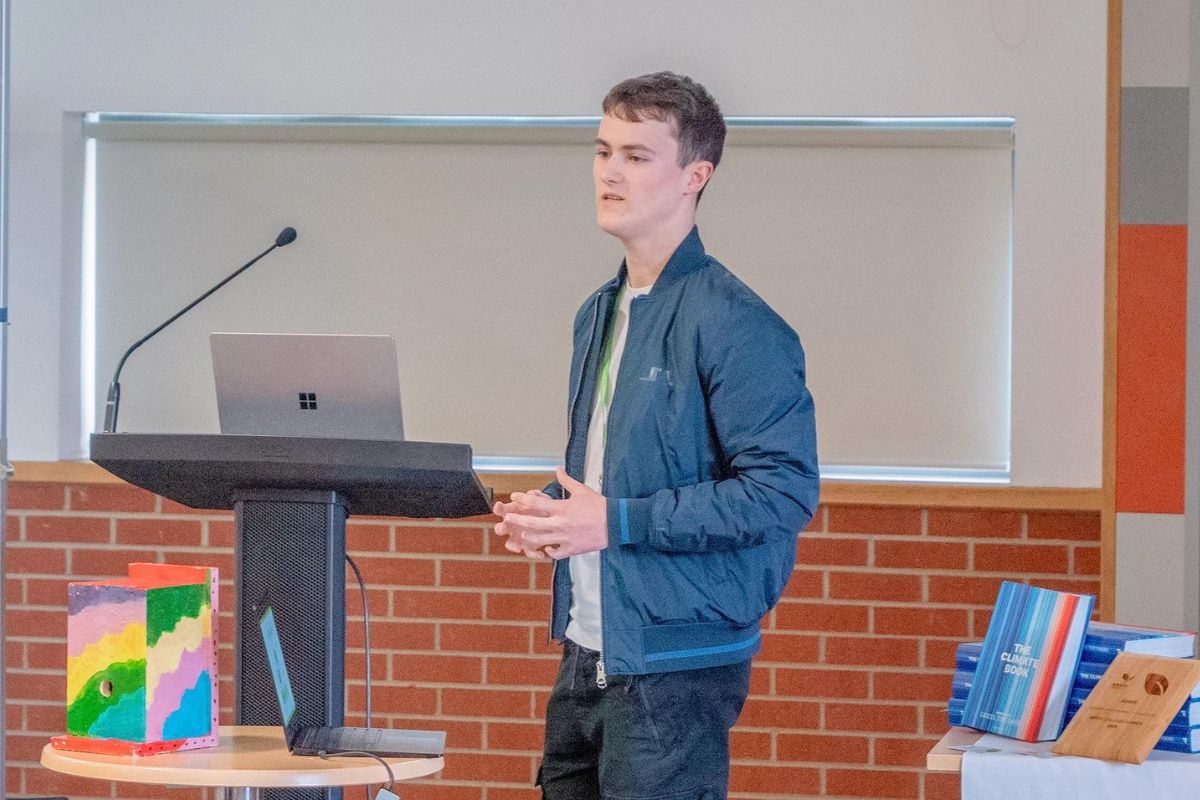To level up the country, we need to join up employability and skills services

Later this month at our National Conference, we will be launching ‘Hiding the Join’, our report into joining up employability and skills services which we have co-authored with Employment-Related Services Association (ERSA).
Carried out with the support of the Shaw Trust and written by ERSA’s Andrew Morton and myself, ‘Hiding the Join’ comes at a pertinent time with today being National Employability Day. The research also comes on the back of the government’s long awaited white paper into ‘levelling up’ being published earlier this year and details for the new UK Shared Prosperity Funded being drawn up. But if levelling up is to be a success for our most disadvantaged communities, then the organisations that ERSA and AELP represent will need to play a vital role. Yet in order to do that our research shows there needs to be a much more joined-up approach by government on policy making, procurement and delivery processes.
Employability and skills services currently operate in different ways
There is a wealth of evidence showing the beneficial effects of linked employability and skills provision. Yet despite this, they are designed, commissioned, procured and funded in different ways. Employability provision tends to be funded using consistent and stable procurement processes that explicitly encompass subcontracting, split across a relatively large number of different strands. However, skills provision can be funded using a variety of different procurement processes which tend to discourage subcontracting, operating across a more limited number of different strands.
There is also a lack of joined-up thinking between the two main government departments responsible for employability and skills programmes – the Department for Work and Pensions (DWP) and the Department for Education (DfE). This leaves a potential for clashes in policy aims and objectives – and as a result, whilst providers work together effectively at a provider level, this tends to be in spite of the system rather than because of it. In addition, the benefits seem to come to DfE providers more often than DWP providers. This in turn means that individuals using DWP provision are generally not benefiting from the opportunities presented by alignment when compared to those using DfE provision.
This is a missed opportunity as, once in work, there is an opportunity to engage individuals in further work-based learning programmes which can positively impact their prospects of both progression and increased pay. Evidence is clear that providing work-related skills in this way makes it more likely for an employee to stay in work and enhance their overall career prospects. It also leads to a bigger earning potential and brings the additional benefit for employers of boosting productivity rates.
It’s time to ‘hide the join’
Our report will propose a number of recommendations to ensure both the DWP and the DfE can optimise their funding to find and secure work and career progression for individuals all over the country and throughout life. These recommendations will suggest actions to “hide the join” between support for those who are looking for work, and the support offered to them to increase their personal skills – both when seeking work and once it has been secured.
So to mark National Employability Day, we would like to share three of our headline recommendations with you. The first is that policy must be motivated by the intention to remove
barriers. This includes barriers for both participants seeking to access some complementary form of employment support and skills offers, and for providers who need to be able to tailor these offers to individuals and individual needs. To do this, both the DWP and the DfE need to consider, in more depth, how they can better link their supply bases to the benefit of end-users – rather than leaving it to the suppliers to figure it out for themselves.
Secondly, consideration should be given to a return to a departmental format such as that of the former Department for Education and Employment. And finally, our report recommends that we develop a proper and effective all-age careers system. This should link across information, advice and guidance for both employability and learning, and should be central to the review by Sir John Holman, the DfE’s Independent Strategic Adviser on Careers Guidance.
We look forward to sharing more information about all 12 recommendations with you at our National Conference on the 27/28 June.













Very accurate and important suggestions.
A decade ago, companies like Avanta, were successful because they delivered well on contracts for both Work and Pensions and Education.